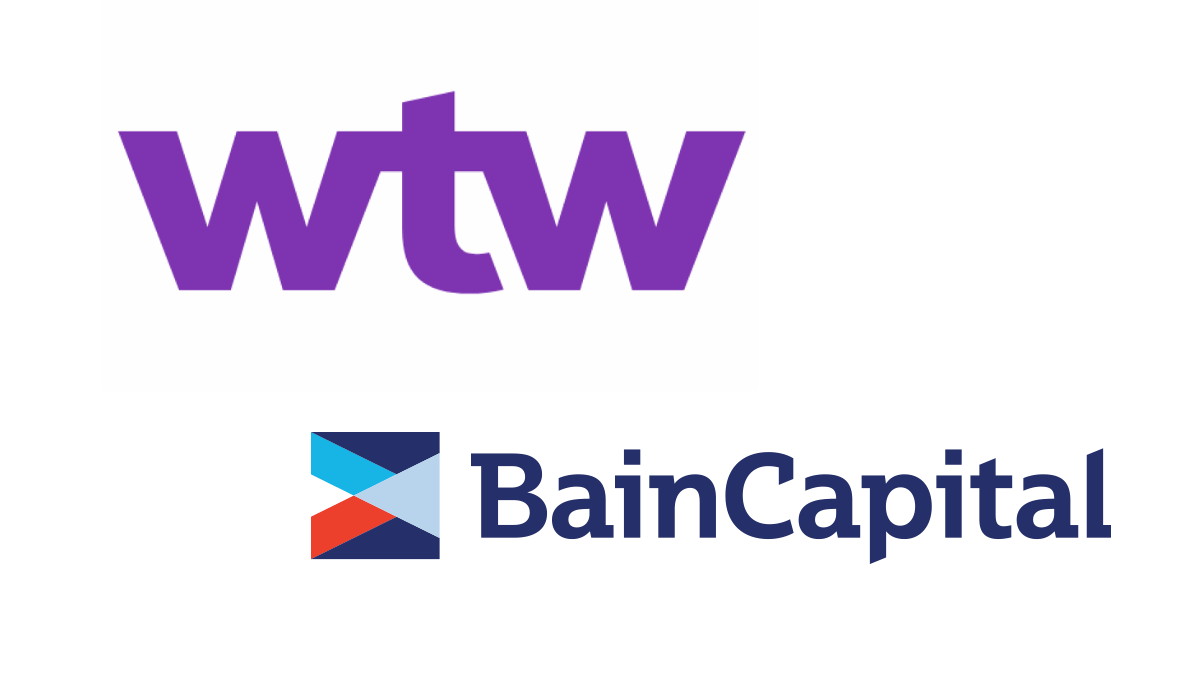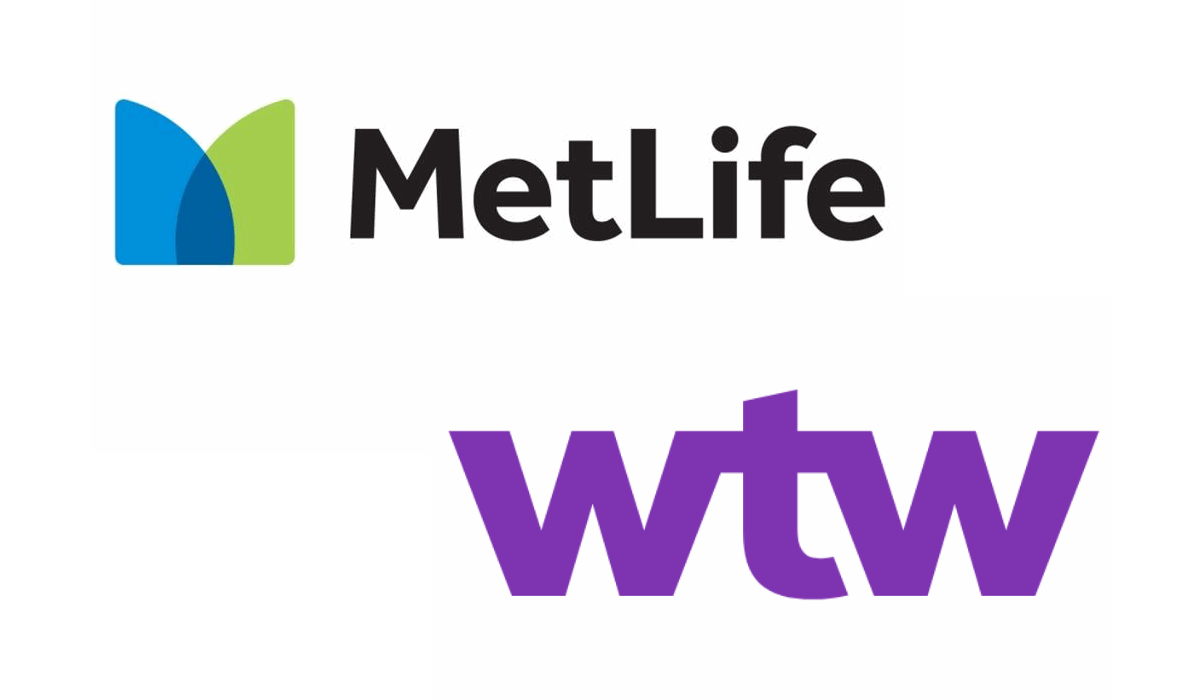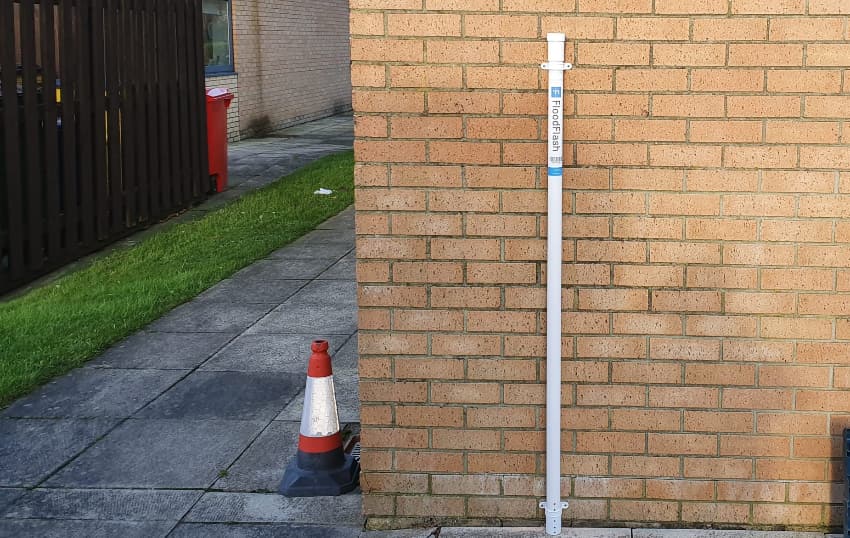According to the administrators of the Florida Hurricane Catastrophe Fund (FHCF), losses to the fund that provides a reinsurance-like reimbursement for a portion of residential property insurers’ hurricane losses from recent hurricanes Helene and Milton are expected to fall between $1.6 billion and as much as $6.2 billion.
 Paragon Strategic Solutions, the FHCF’s consulting actuary, puts a point estimate of $4.6 billion for the FHCF’s combined losses from the two hurricanes.
Paragon Strategic Solutions, the FHCF’s consulting actuary, puts a point estimate of $4.6 billion for the FHCF’s combined losses from the two hurricanes.
But the majority are expected to come from hurricane Milton, with that storm alone having a point estimate of losses at $4.5 billion.
The FHCF’s share of losses for Hurricane Helene are expected to range from $18 million to $441 million, with an initial point estimate of $100 million.
While, the FHCF’s share of losses for hurricane Milton are expected to range from $1.6 billion to $5.8 billion with an initial point estimate of $4.5 billion.
For comparison, hurricane Ian from 2022 is estimated as a $9.5 billion loss to the FHCF.
These estimates are based on model outputs, so subject to change, but show that the FHCF is expected to take a relatively significant proportion of the hurricane Milton loss, having become the reinsurance source of last resort for many homeowner carriers lower layers.
Losses from these hurricanes will deplete the FHCF funding somewhat, but it has ample borrowing capacity.
But, with potentially as much as $6.63 billion in additional funds or potential borrowing needed after this hurricane season, according to the financial projections, it raises the prospect of assessments, or costs that ultimately are borne by taxpayer or policyholder.
The FHCF continues to have the ability to purchase its own reinsurance protection, or to utilise other risk transfer instruments such as catastrophe bonds, to push some of its risk into the private markets and reduce the potential assessment or taxpayer burden.
The FHCF purchased reinsurance for a few years through 2019, at one stage as much as $1 billion in cover, but then elected not to in 2020 citing the cost and market conditions at the time.
The FHCF juggles cost versus burden on Florida’s residents when it comes to financing, hence more traditional borrowing has been preferred through recent years.
But there are continual questions raised about what happens when the FHCF exhausts, or nearly exhausts, its funding after a major storm or series of storms and whether public markets might then lose their appetite to support its borrowing needs.
It’s been said for well over a decade that the FHCF would be a prime opportunity for the financial community to innovate on securitization, leveraging debt-like structures with catastrophe triggers, perhaps, and structuring them in such a way as to get a rating to attract and bring in greater volumes of institutional capital to support the FHCF’s funding needs.
FHCF aside, Florida itself needs a layered, efficient and responsive catastrophe capital stack, as the need for financing for response and recovery from hurricanes is clear across its public, municipal and state services.
You’d think Florida would be the perfect petri dish for testing new financial concepts, with the goal of shifting more of the burden of catastrophe losses away from residents and into public and private markets. It’s a shame we haven’t seen a more concerted effort to reimagine the financial protection derived from institutions like the FHCF, to apply their benefits more broadly and enhance their stability and sustainability.




















 English (US) ·
English (US) ·